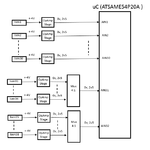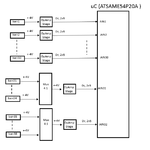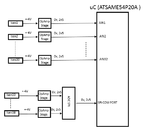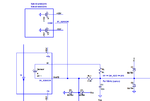flote21
Advanced Member level 1
Hi guys!
I am designign an analogue stage with some opamp to adapt voltage levels and i need to use a multiplexor. My question is where is the best location for this component:
Option 1: Input Voltage => OpAmps voltage adaptation => Mux => ADC
Option 2: Input Voltage => Mux => OpAmps voltage adaptation => ADC
Thanks in advance!
I am designign an analogue stage with some opamp to adapt voltage levels and i need to use a multiplexor. My question is where is the best location for this component:
Option 1: Input Voltage => OpAmps voltage adaptation => Mux => ADC
Option 2: Input Voltage => Mux => OpAmps voltage adaptation => ADC
Thanks in advance!







